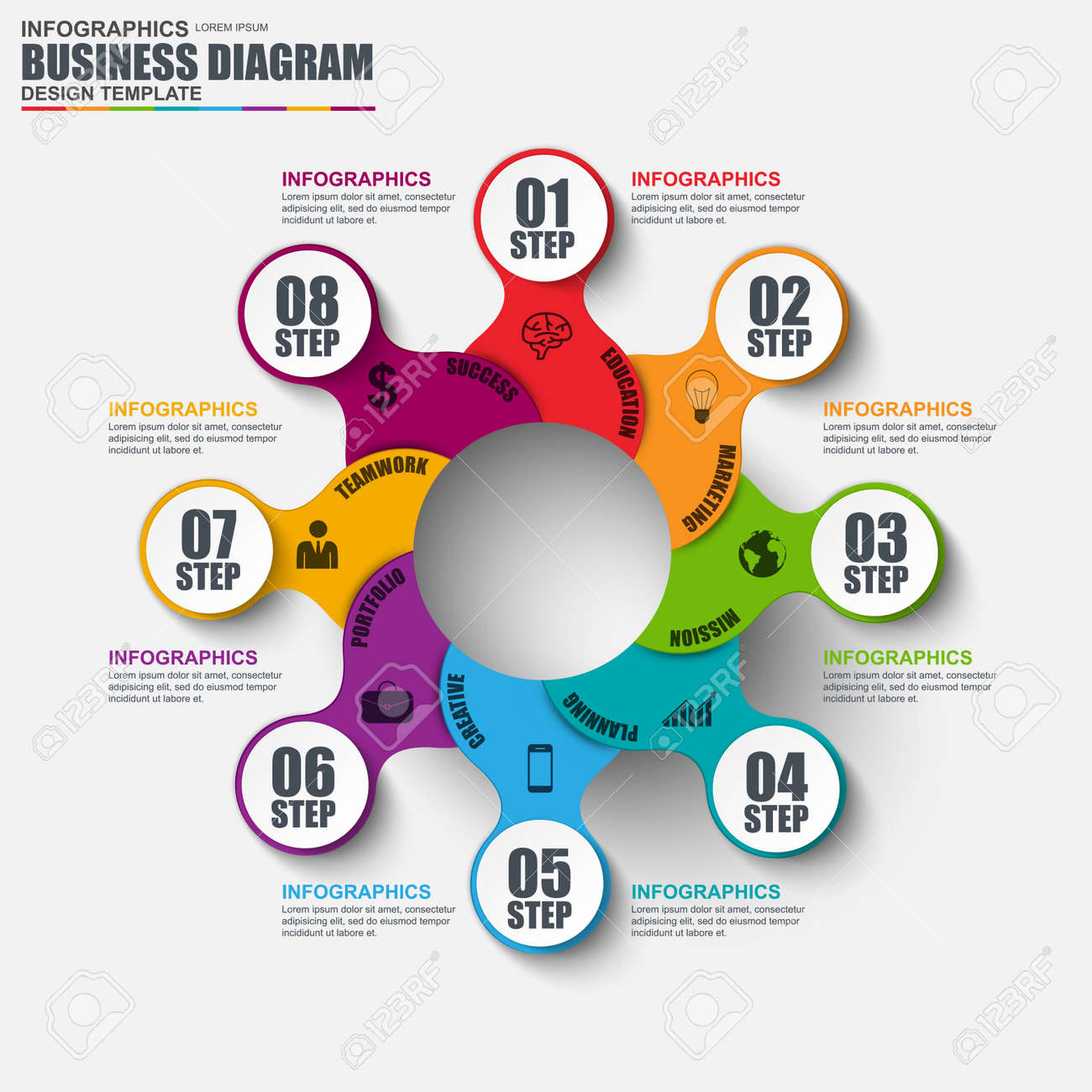Eager To Find Just How Internet Site Style Has Transformed With Time? Study The Evolution From Simplicity To User-Focused Experiences.
Eager To Find Just How Internet Site Style Has Transformed With Time? Study The Evolution From Simplicity To User-Focused Experiences.
Blog Article
Written By-Abel Vangsgaard
In the past, web sites were simple and focused on details. Navigation was straight, and layout was for desktop computers. Currently, customer experience is key. Data overviews styles for very easy navigating. Responsive formats fit different gadgets. Today, dark setting lowers stress, and minimal food selections improve navigation. Interactive functions involve individuals, and bold visuals attract attention. AI integration improves engagement. See exactly how style has actually advanced to boost your on the internet journey.
Early Days of Web Design
In the early days of website design, simpleness reigned supreme. Sites were fundamental, with minimal colors, typefaces, and layouts. The focus got on offering information as opposed to flashy visuals. Customers accessed the internet with sluggish dial-up connections, so speed and functionality were essential.
Navigating food selections were straightforward, commonly located on top or side of the web page. Web sites were developed for home computer, as mobile surfing wasn't yet widespread. Web content was king, and designers focused on very easy readability over complicated style components.
HTML was the key coding language utilized, and developers had to work within its restraints. Computer animations and interactive features were very little contrasted to today's requirements. Internet sites were static, with little dynamic content or tailored customer experiences.
Increase of User-Focused Design
With the development of website design, a shift in the direction of user-focused layout principles has actually come to be significantly noticeable. Today, developing sites that prioritize user experience is critical for involving site visitors and attaining organization goals. User-focused style includes understanding the requirements, preferences, and behaviors of your target market to tailor the web site's layout, web content, and includes as necessary.
Designers currently carry out extensive research, such as customer studies and functionality testing, to collect insights and feedback directly from individuals. This data-driven approach helps in producing user-friendly navigation, clear calls-to-action, and aesthetically attractive user interfaces that resonate with site visitors. By positioning the customer at the facility of the layout procedure, internet sites can provide a more personalized and pleasurable experience.
Receptive layout has also emerged as a vital element of user-focused design, making sure that sites are optimized for numerous devices and screen sizes. This flexibility boosts accessibility and use, dealing with the varied ways customers communicate with internet sites today. Fundamentally, the rise of user-focused design symbolizes a change in the direction of producing digital experiences that prioritize the requirements and expectations of the end individual.
Modern Trends in Web Design
Explore the most up to date patterns forming web design today. One popular trend is dark mode style, supplying a streamlined and modern-day appearance while reducing eye strain in low-light settings. One more vital trend is minimal navigation, simplifying food selections and boosting individual experience by focusing on essential elements. Integrating https://techbullion.com/seven-tools-to-organize-and-optimize-your-digital-marketing-strategy/ -interactions, such as animated switches or scrolling results, can create a much more engaging and interactive site. Responsive style remains essential, guaranteeing seamless user experiences throughout various gadgets. Additionally, using vibrant typography and asymmetrical layouts can add visual interest and draw attention to certain material.
Incorporating AI technology, like chatbots for customer assistance or tailored suggestions, improves customer engagement and simplifies processes. mouse click the next site has likewise end up being a substantial pattern, with designers prioritizing comprehensive layout methods to satisfy varied user requirements. Welcoming sustainability by maximizing site efficiency for rate and efficiency is another emerging pattern in website design. Working together with user responses and data analytics to iterate and boost design constantly is crucial for staying pertinent in the ever-evolving electronic landscape. By welcoming these modern trends, you can produce an aesthetically appealing, easy to use internet site that reverberates with your target market.
Conclusion
As you reflect on the development of web site layout from the early days to now, you can see just how user-focused layout has actually ended up being the driving pressure behind modern-day patterns.
Embrace the journey of adjustment and adaptation in website design, always maintaining the user experience at the leading edge.
Keep present with the most up to date patterns and modern technologies, and never ever quit developing your method to develop aesthetically spectacular and straightforward websites.
Progress, adjust, and develop - the future of web design remains in your hands.
